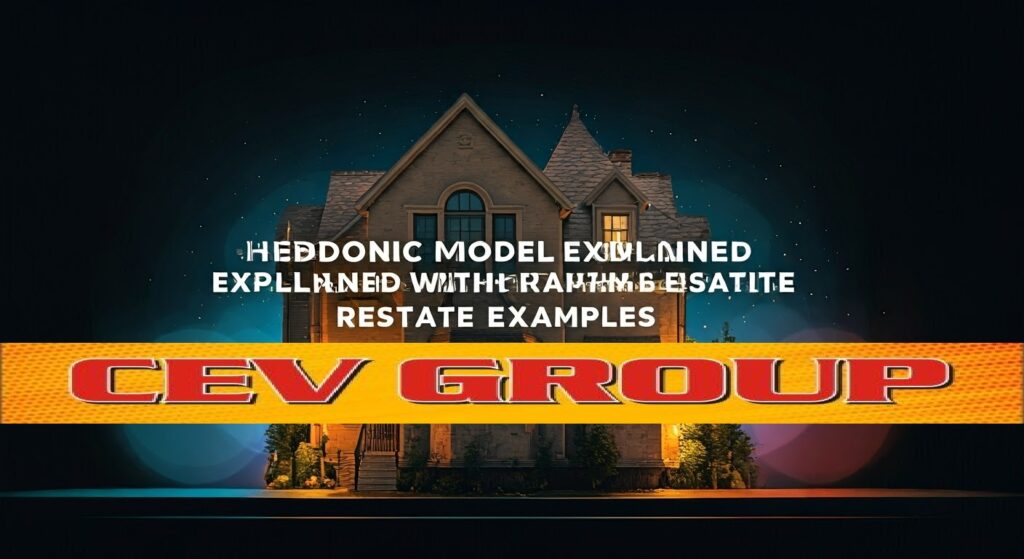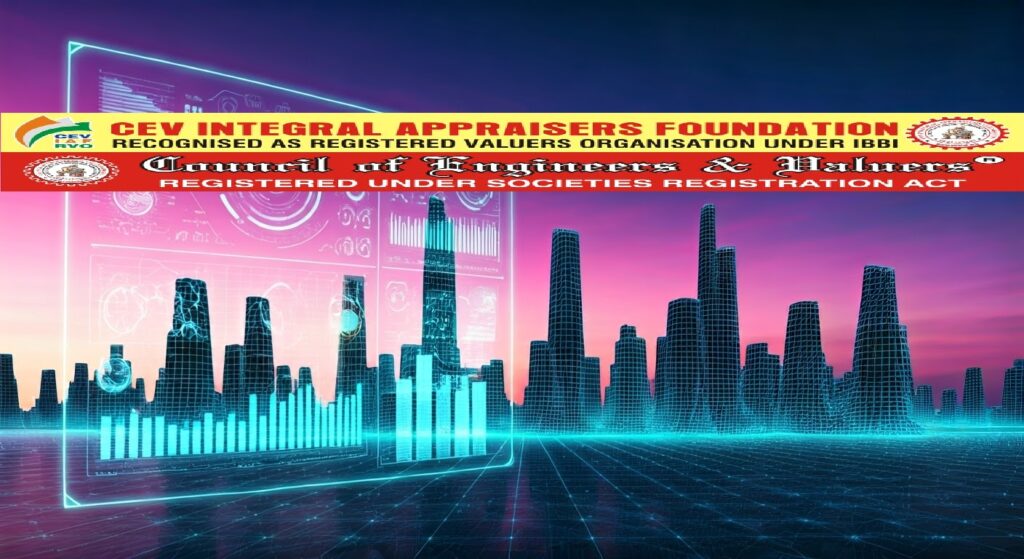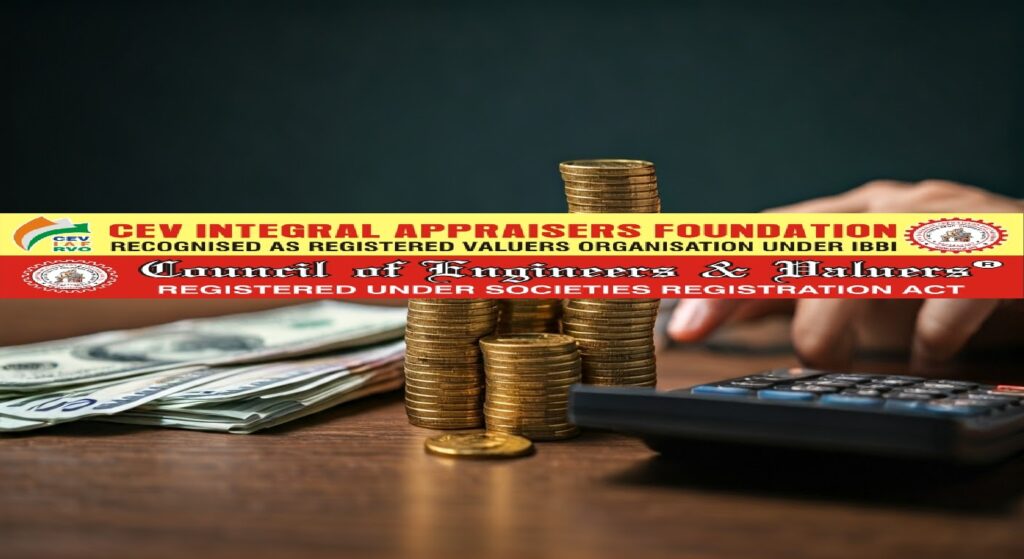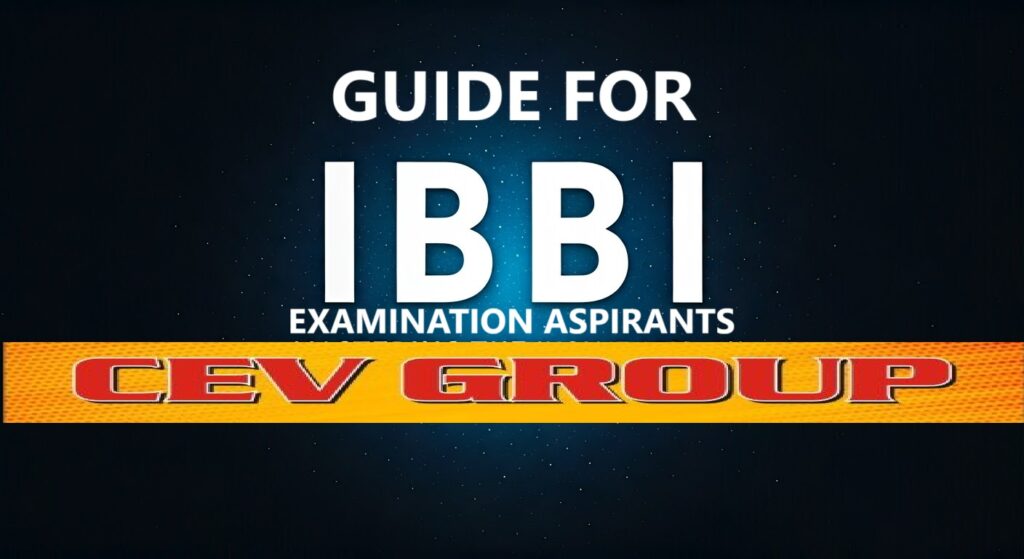CEV ANNOUNCED NIL MIGRATION FEE AND ALMOST ZERO ANNUAL MEMBERSHIP FEES OR CEP CHARGES FOR NEW MIGRATION PACKAGE
CEV ANNOUNCED NIL MIGRATION FEE AND ALMOST ZERO ANNUAL MEMBERSHIP FEES OR CEP CHARGES FOR NEW MIGRATION PACKAGE BETWEEN 15TH JANUARY TO 31st MARCH 2025 WITH THE BEST STUDY MATERIALS, AND VARIOUS OTHER VALUE-ADDED SERVICES FREE OF COST AUTHORITY IBBI STREAMLINED THE MIGRATION PROCESS OF TRANSFERRING MEMBERSHIP FROM ONE RVO TO ANOTHER RVO OF YOUR […]












